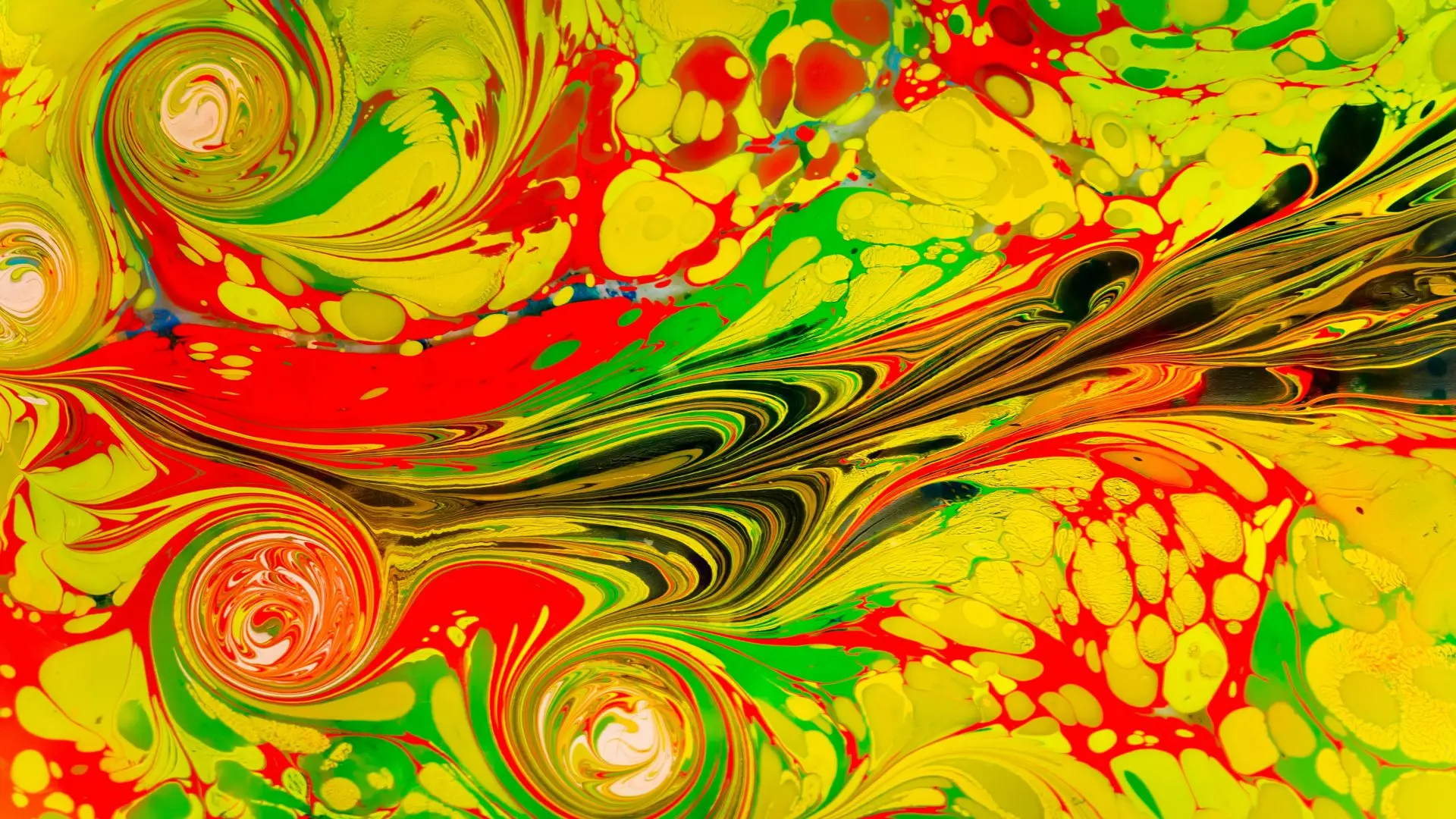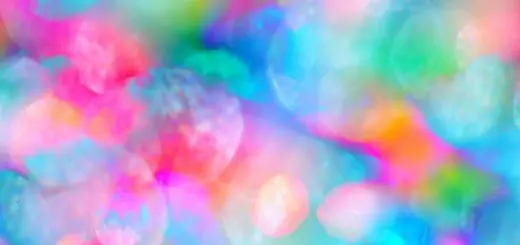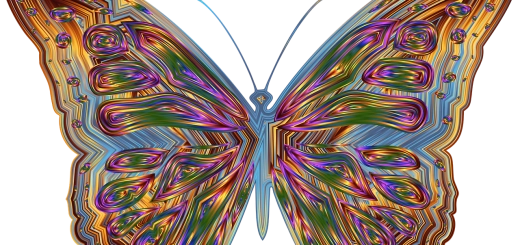Mystical Landscapes: Artistic Explorations

Looking for more amazing products? Check out our online store and explore our collection here! Happy shopping!
Before diving in, please note: This post is for informational purposes only. If you’d like to know more about how we approach topics, feel free to check out our friendly Disclaimer Page.
Hey there, amazing readers! 
We’re committed to delivering quality posts, and your support (even just sticking around despite the ads) means everything to us. So, bear with us, and thanks for helping us keep the good vibes rolling. Now, on to the fun stuff!
TRANSLATE BUTTON AT THE END OF THE ARTICLE
A Quick Overview
Mystical landscapes have long been a source of fascination for artists, inspiring them to create works that delve into the spiritual and symbolic aspects of nature.
These artistic explorations often go beyond mere representation of the physical world, delving into the realms of imagination, symbolism, and emotion.
In this article, we will delve into the world of mystical landscapes in art, exploring their history, the techniques used to depict them, and the artists who have been drawn to this mysterious and captivating subject matter.
Exploring Mystical Landscapes through Art
Mystical landscapes in art provide a way for artists to convey a sense of awe, wonder, and mystery that goes beyond the everyday world.
By imbuing their landscapes with a sense of the unknown, artists can transport viewers to otherworldly realms and evoke a sense of the sublime.
Through the use of color, light, composition, and symbolism, artists can create landscapes that are not just representations of physical reality, but windows into the spiritual and symbolic dimensions of existence.
Spiritual and Symbolic Elements in Landscape Art
Spiritual and symbolic elements often play a significant role in mystical landscapes.
Artists may use religious iconography, mythological motifs, or symbolic imagery to convey deeper meanings and evoke spiritual or metaphysical experiences in viewers.
By incorporating these elements into their work, artists can create landscapes that resonate on a profound level, touching on themes of life, death, eternity, and the interconnectedness of all things.
History of Mystical Landscapes in Art
The tradition of mystical landscapes in art dates back centuries, with roots in the Romantic movement of the 18th and 19th centuries.
Artists such as Caspar David Friedrich and J.M.W.
Turner were pioneers in exploring the spiritual and symbolic dimensions of nature through their landscape paintings.
Over the years, artists from various cultures and time periods have continued to draw inspiration from mystical landscapes, creating works that push the boundaries of traditional landscape art and delve into the realms of the unknown.
Influence of Nature on Mystical Art
Nature plays a crucial role in mystical art, serving as a source of inspiration and a canvas for artistic exploration.
Through their observations of the natural world, artists can tap into the mysterious and transcendent qualities of nature, creating landscapes that speak to the human soul and provoke contemplation on the mysteries of existence.
The ever-changing beauty of nature, with its cycles of birth, growth, decay, and renewal, provides endless opportunities for artists to explore themes of transformation, impermanence, and the interconnectedness of all life.
Artists Who Capture the Mystical in Landscapes
Numerous artists throughout history have been known for their ability to capture the mystical essence of landscapes in their work.
From the luminous, otherworldly landscapes of Albert Bierstadt to the haunting, dreamlike scenes of Salvador Dali, these artists have pushed the boundaries of traditional landscape painting and delved into the realms of the subconscious and the supernatural.
Each artist brings their own unique vision and interpretation to the genre, creating works that resonate with viewers on a deep emotional and spiritual level.
Techniques for Depicting Mystical Landscapes
To depict mystical landscapes, artists often employ a variety of techniques to convey a sense of the ethereal and the unknown.
The use of light and shadow, color symbolism, atmospheric perspective, and exaggerated scale can all contribute to creating a sense of mystery and wonder in a landscape painting.
By experimenting with these techniques and pushing the boundaries of traditional landscape painting, artists can create works that transport viewers to otherworldly realms and evoke a sense of the sublime.
Role of Imagination in Creating Mystical Art
Imagination plays a crucial role in the creation of mystical art, allowing artists to tap into the unseen realms of the mind and spirit.
By drawing on their inner visions, dreams, and fantasies, artists can create landscapes that transcend the limitations of physical reality and delve into the realms of the mystical and the surreal.
Through the power of imagination, artists can transform ordinary scenes into extraordinary worlds, inviting viewers to explore the hidden depths of their own consciousness and experience the wonders of the unknown.
Mystical Landscapes in Different Art Movements
Mystical landscapes have appeared in various art movements throughout history, from Romanticism and Symbolism to Surrealism and Abstract Expressionism.
Each movement brings its own unique approach to depicting the mystical in landscapes, whether through emotional intensity, dreamlike imagery, or abstract forms.
Artists such as William Blake, Georgia O’Keeffe, and Max Ernst have all explored the mystical in landscapes within the context of their respective artistic movements, pushing the boundaries of traditional landscape painting and expanding the possibilities of what art can convey.
Contemporary Artists Embracing Mystical Landscapes
In the contemporary art world, many artists continue to be drawn to the allure of mystical landscapes, creating works that challenge conventions and invite viewers to explore the unknown.
Understand the Powerful Law of Karma and Its Impact – Explore Here!
Artists such as Anselm Kiefer, Julie Mehretu, and James Turrell use a variety of mediums and techniques to capture the mystical essence of landscapes, creating immersive and transcendent experiences for viewers.
Through their innovative approaches to depicting the mystical in landscapes, these artists continue to push the boundaries of traditional landscape painting and redefine what it means to create art that speaks to the soul.
The Allure of Mystical Landscapes for Artists
The allure of mystical landscapes for artists lies in their ability to evoke a sense of wonder, awe, and transcendence that goes beyond the ordinary.
By immersing themselves in the beauty and mystery of nature, artists can tap into a wellspring of inspiration and creativity, creating works that speak to the soul and provoke contemplation on the mysteries of existence.
The timeless appeal of mystical landscapes lies in their ability to transcend time and space, inviting viewers to explore the hidden depths of their own consciousness and experience the wonders of the unknown.
Interpreting Symbolism in Mystical Art
Interpreting symbolism in mystical art requires a deep understanding of the cultural, religious, and mythological references that artists may incorporate into their work.
Symbolism in mystical art can take many forms, from religious iconography and mythological motifs to allegorical imagery and hidden meanings.
By examining the symbols and motifs present in a mystical landscape painting, viewers can gain insight into the artist’s intentions and explore the deeper layers of meaning that lie beneath the surface of the work.
Why Mystical Landscapes Continue to Inspire Artists
Mystical landscapes continue to inspire artists across the globe due to their ability to evoke a sense of wonder, mystery, and transcendence that speaks to the human spirit.
By delving into the realms of the unknown and the unseen, artists can create works that tap into the universal themes of life, death, eternity, and the interconnectedness of all things.
The enduring appeal of mystical landscapes lies in their ability to transport viewers to otherworldly realms, inviting them to explore the hidden depths of their own consciousness and experience the wonders of the unknown.
Conclusion
Mystical landscapes in art offer a window into the spiritual and symbolic dimensions of nature, inviting viewers to explore the mysteries of existence through the transcendent beauty of the natural world.
Through the use of color, light, composition, and symbolism, artists can create landscapes that go beyond mere representation of physical reality, delving into the realms of imagination, emotion, and the unknown.
By immersing themselves in the beauty and mystery of nature, artists continue to be drawn to the allure of mystical landscapes, creating works that challenge conventions and redefine what it means to create art that speaks to the soul.

The Enlightenment Journey is a remarkable collection of writings authored by a distinguished group of experts in the fields of spirituality, new age, and esoteric knowledge.
This anthology features a diverse assembly of well-experienced authors who bring their profound insights and credible perspectives to the forefront.
Each contributor possesses a wealth of knowledge and wisdom, making them authorities in their respective domains.
Together, they offer readers a transformative journey into the realms of spiritual growth, self-discovery, and esoteric enlightenment.
The Enlightenment Journey is a testament to the collective expertise of these luminaries, providing readers with a rich tapestry of ideas and information to illuminate their spiritual path.
Our Diverse Expertise
While our primary focus is on spirituality and esotericism, we are equally passionate about exploring a wide range of other topics and niches 

To ensure we provide the most accurate and valuable insights, we collaborate with trusted experts in their respective domains 
Our blog originally focused on spirituality and metaphysics, but we’ve since expanded to cover a wide range of niches. Don’t worry—we continue to publish a lot of articles on spirituality! Frequently visit our blog to explore our diverse content and stay tuned for more insightful reads.
Hey there, amazing reader! 
Check out our store here and take a peek at some of our featured products below! Thanks for being awesome!













